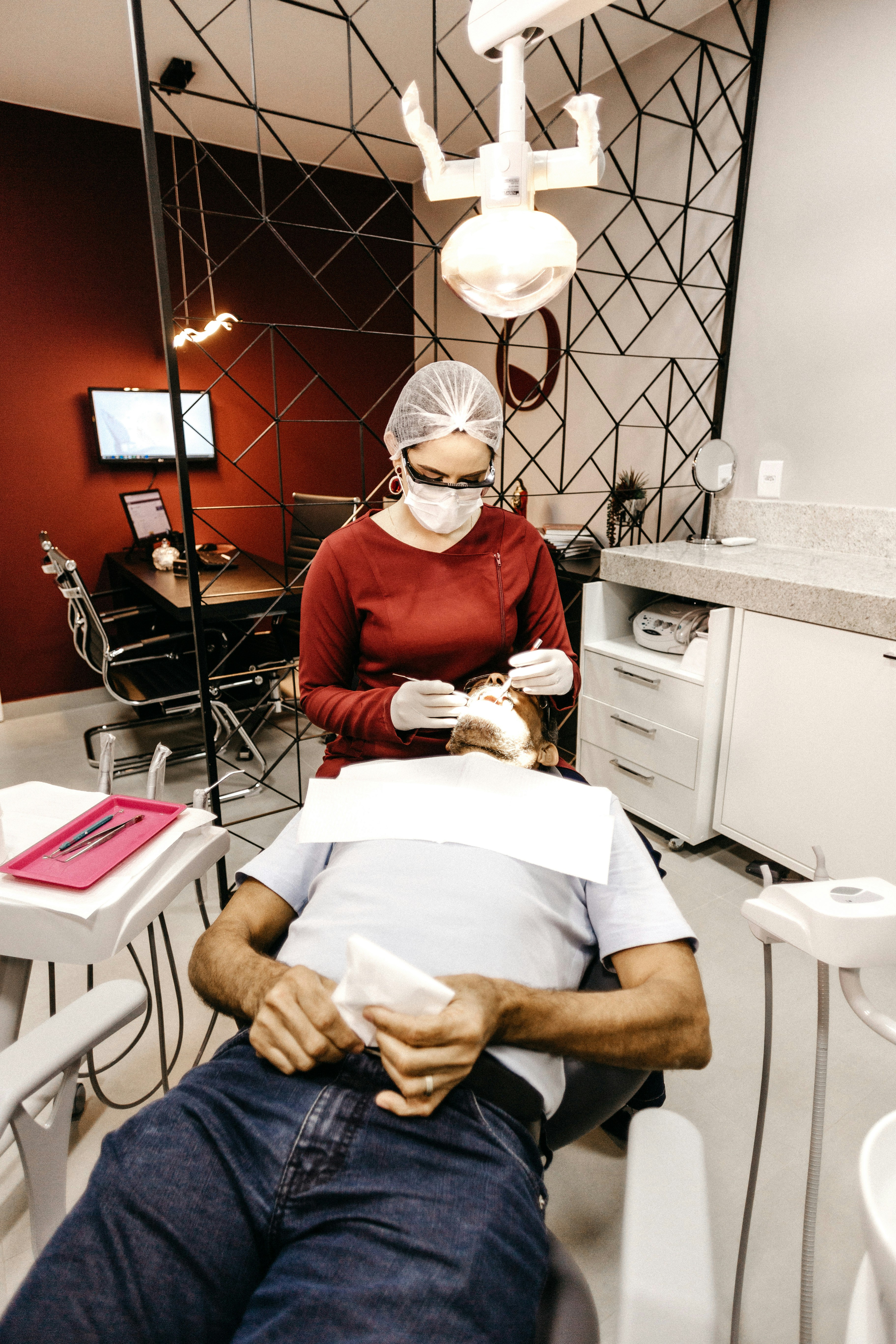Introduction to Endoscopy
Endoscopy might sound like a complex medical term, but it’s a procedure that plays an essential role in modern healthcare. Imagine being able to look inside the body without major surgery. That’s exactly what endoscopy offers. This minimally invasive technique allows doctors to examine various organs and tissues using a small camera attached to a flexible tube.
Whether you’re experiencing unexplained symptoms or need routine screening, understanding endoscopy can demystify the process and help you feel more at ease. Let’s dive deeper into how this fascinating procedure works, its benefits, potential risks, and everything you need to know before and after your visit.
Understanding the Procedure: Step by Step Process
The endoscopy procedure starts with a thorough consultation. Your doctor will review your medical history and discuss any concerns you may have.
On the day of the procedure, you’ll be asked to fast for several hours. This ensures clear visibility during the examination. Once endoscopy at the facility, you’re greeted by a team that prepares you for what’s next.
You’ll receive sedation to help you relax. Depending on the type of endoscopy, a flexible tube with a camera is gently inserted into your mouth or another entry point.
As images are transmitted in real-time, doctors assess and possibly take biopsies if needed. The entire process typically lasts between 15 minutes to an hour.
Afterward, you’ll remain under observation until you’re alert enough to go home safely. It’s essential to have someone accompany you due to lingering effects from sedation.
Benefits of Endoscopy

Endoscopy offers a minimally invasive approach to diagnosing and treating various medical conditions. One of its primary benefits is the ability to visualize internal organs in real-time, providing clear insights that traditional imaging methods may miss.
The procedure allows physicians to take biopsies or remove polyps during the same session, streamlining diagnosis and treatment. This can lead to quicker decisions regarding patient care.
Another significant advantage is reduced recovery time. Patients often experience less pain and fewer complications compared to open surgeries. As a result, many individuals return home on the same day as their procedure.
Moreover, endoscopy typically involves smaller incisions or no incisions at all. This significantly lowers infection risks while promoting faster healing processes for patients looking to resume normal activities swiftly.
Risks and Complications Associated with Endoscopy
Endoscopy is generally safe, but like any medical procedure, it carries some risks. One of the most common concerns is bleeding. This can occur if a biopsy is taken or if polyps are removed during the process.
Infection is another potential complication. Though rare, bacteria can enter through the scope and lead to serious issues.
Perforation, or a tear in the organ being examined, while uncommon, poses significant risk. It may require surgical intervention to repair.
Patients may also experience adverse reactions to sedation used during the procedure. Monitoring by healthcare professionals helps minimize these risks.
It’s essential for individuals considering endoscopy to discuss their medical history with their doctor fully. Understanding personal risk factors ensures better preparation and care throughout the process.
Preparing for an Endoscopy: What to Expect

Preparing for an endoscopy involves several steps to ensure the procedure goes smoothly. First, your doctor will provide specific instructions about dietary restrictions. You may need to fast for several hours before the exam.
Medication adjustments are also crucial. Inform your healthcare provider about any prescriptions or over-the-counter drugs you take. They might advise stopping certain medications temporarily, especially blood thinners.
On the day of your appointment, wear comfortable clothing and leave valuables at home. Arriving on time is essential since there may be paperwork or pre-procedure evaluations.
It’s common to feel a mix of nerves and anticipation as the date approaches. Bringing a friend or family member can ease anxiety; they can support you throughout the process and assist with transportation afterward due to sedation effects.
Understanding what lies ahead helps create a more relaxed experience during this important diagnostic tool.
Aftercare and Recovery Tips
After an endoscopy, proper aftercare is essential for a smooth recovery. Take it easy for the rest of the day. Your body needs time to heal.
Stay hydrated by drinking plenty of water. This helps flush out any residual anesthesia from your system.
Be mindful of your diet. Start with light meals like broth or toast, gradually introducing more solid foods as you feel comfortable.
Watch for any unusual symptoms such as severe pain, fever, or bleeding. If these occur, contact your healthcare provider promptly.
Rest is key during the first few days post-procedure. Listen to your body and avoid strenuous activities until you’re fully recovered.
Follow all specific instructions given by your doctor regarding medications and follow-up appointments to ensure everything heals properly.
Conclusion
Endoscopy is a valuable medical procedure that offers insights into various health conditions. It allows healthcare providers to examine internal organs and structures without the need for invasive surgery. With its step-by-step process, benefits, and manageable risks, endoscopy plays a crucial role in diagnostics and treatment.
Patients can experience peace of mind knowing what to expect during preparation and recovery. Whether it’s addressing digestive issues or monitoring chronic conditions, understanding endoscopy can lead to better health outcomes. Always consult with your healthcare provider about any concerns or questions regarding this procedure and ensure you’re well-informed every step of the way. Embracing knowledge empowers patients on their journey toward optimal health.